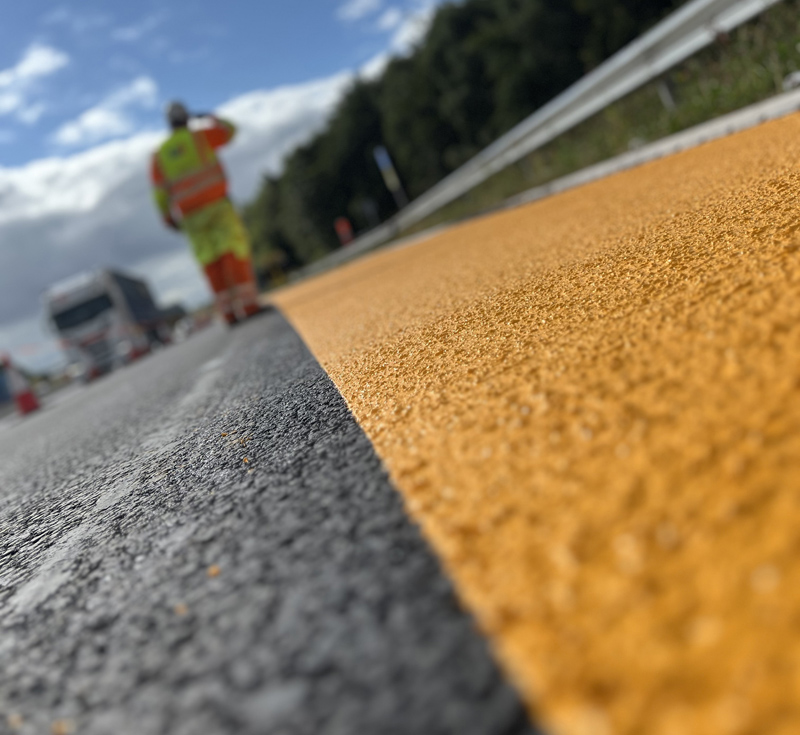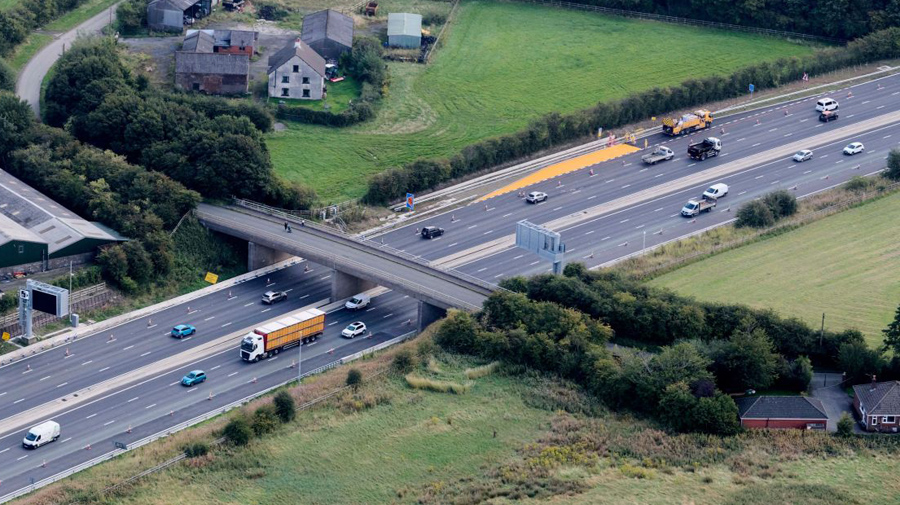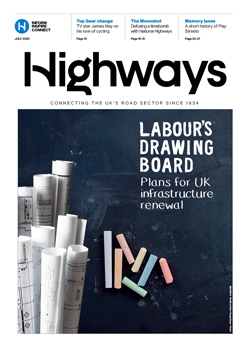National Highways has said it is ‘working hard’ to meet its target of installing 150 new emergency areas on smart motorways by the end of March after completing just 56 with three months to go before its deadline.
In January 2022, the previous government pledged £390m over the duration of the 2020-25 Roads Period (RP2) to roll out an EA retrofit programme that it said would see over 150 additional EAs being added to all lane running (ALR) schemes in operation and construction by 2025
It said the new clearly marked EAs will give drivers on ALR schemes, which do not have a hard shoulder ‘added reassurance that there is a safe place for them to stop in an emergency’.
As Highways reported, by the end of the last financial year, only 13 new EAs had been completed.
National Highways’ monitor, the Office of Rail and Road (ORR) has told Highways that, as of the end of December 2024, 56 emergency areas had been installed, leaving 95 outstanding from what it says is a target total of 151 EAs under the company’s National Emergency Area Retrofit (NEAR) programme.
Although the number installed is just over a third of the target, it appears to put the company ahead of its own schedule.
In its annual assessment of National Highways for 2023-24, the ORR stated: 'The programme is heavily loaded towards the end of RP2, with 117 EAs scheduled for completion during quarter four of Year 5 (this includes 70 EAs in March 2025 with no programme float). National Highways has confirmed that while the programme is challenging, it is managing the risks.’
The company confirmed that it has now opened 56 additional EAs.
Asked to comment on the likelihood of hitting the March target, a spokesperson said: ‘Our commitment is to open over 150 by Spring 2025 and we’re working hard to do that.’

Both images: WJ Group
As part of the NEAR programme, WJ Group has helped install 22 new refuge bays between junctions 21a and 26 of the M6 using its latest coloured surfacing product.
The firm said that a critical part of the installation process is ensuring that the new bays have high friction levels to reflect that drivers may enter at a significant speed.
It added that traditional methods for installing approved surfacing solutions can take up to two days per bay to complete as well as requiring workers and vehicles to be on the site for an extended period.
National Highways asked the Smart Motorway Project Alliance (SMPA) to create a new solution and WJ Group developed RapidGrip with the support of the SMPA members. Combining pigment, aggregate and binder, this only requires one coat application, eliminating the need for a sweeper truck and two curing periods.
WJ said this allowed two bays to be completed per shift via a single truck, allowing it to retrofit all 22 bays across 14 shifts and achieve an average of 78 pendulum test value – the measurement to determine friction levels of a surface.
Innovation director Martin Webb said: ‘With our RapidGrip solution, National Highways is ensuring that drivers are at less risk of skidding when coming to a stop.
‘Innovations such as RapidGrip mean that the installation and retrofit of these bays can be carried out with minimal disruption to the public and ensure workers are not on the road for an extended period, while maximising the safety of road users.’






